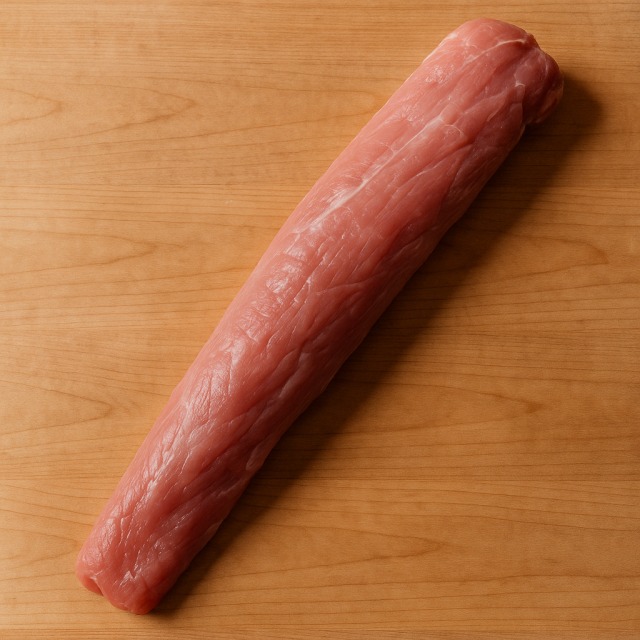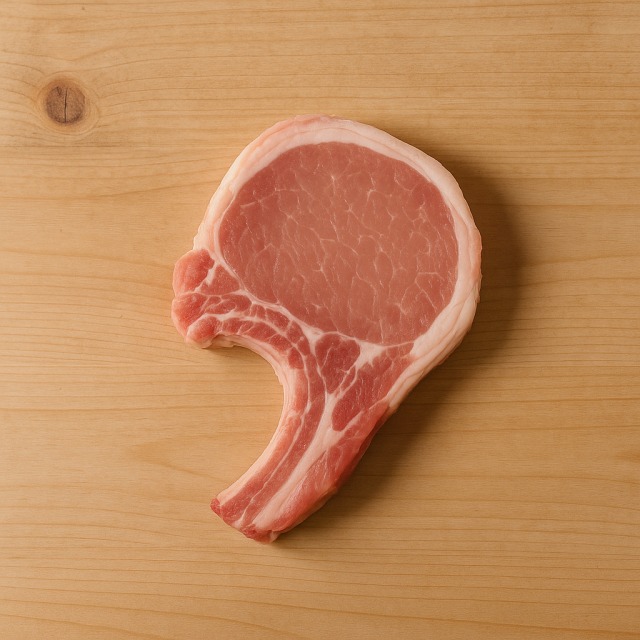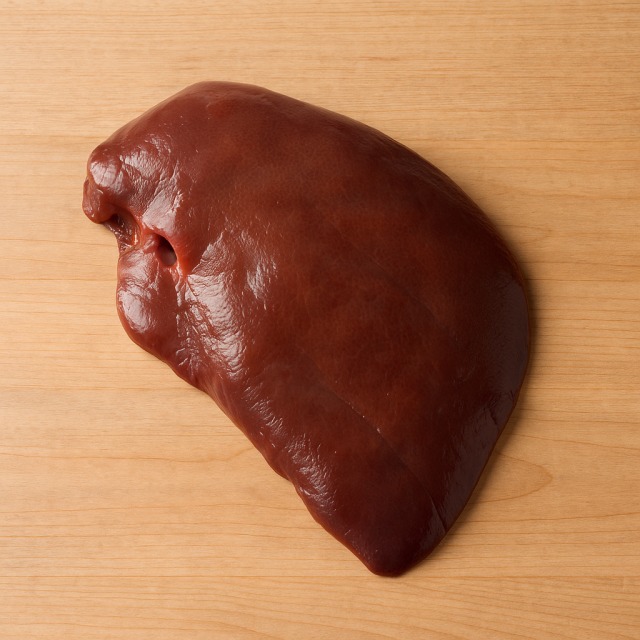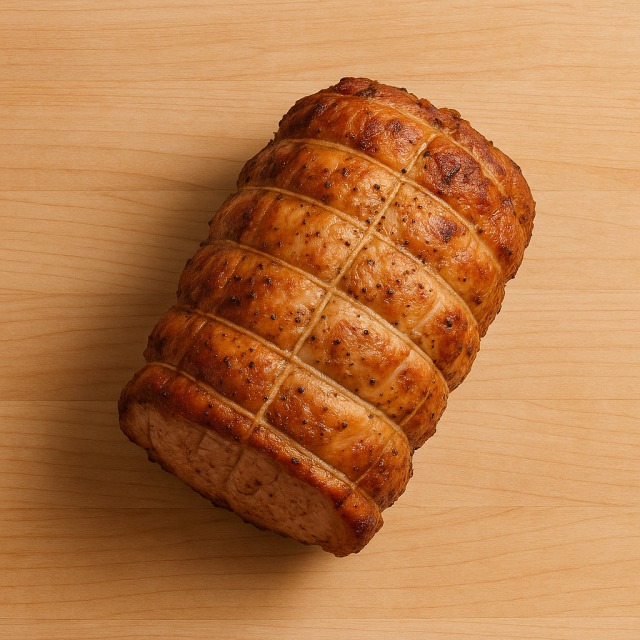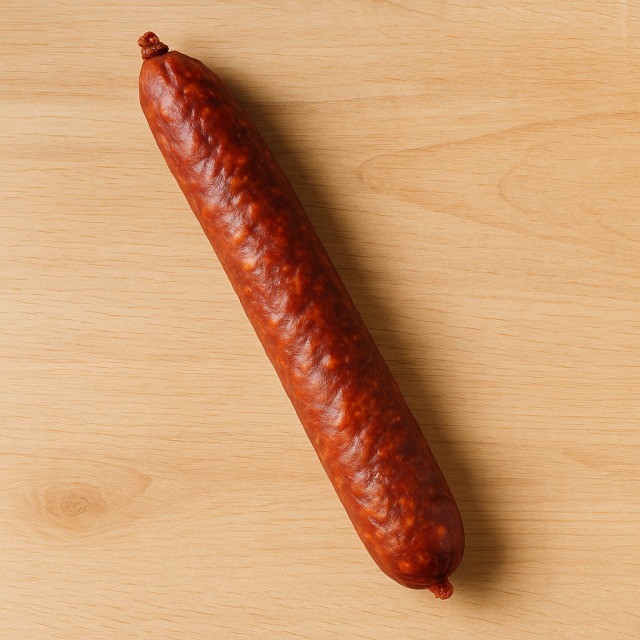Calorie Chart / Meat & Eggs / Pork spareribs
How Many Calories Are in Pork spareribs?
Calculation of the nutritional value & Recommended Dietary Intake of pork spareribs
For g and a calorie requirement of kcal
| Calories 426 kcal | Proteins 26 g | Lipids 36 g | Carbohydrates 0 g |
| 21% | 35% | 54% | 0% |
Health benefits of pork spareribs
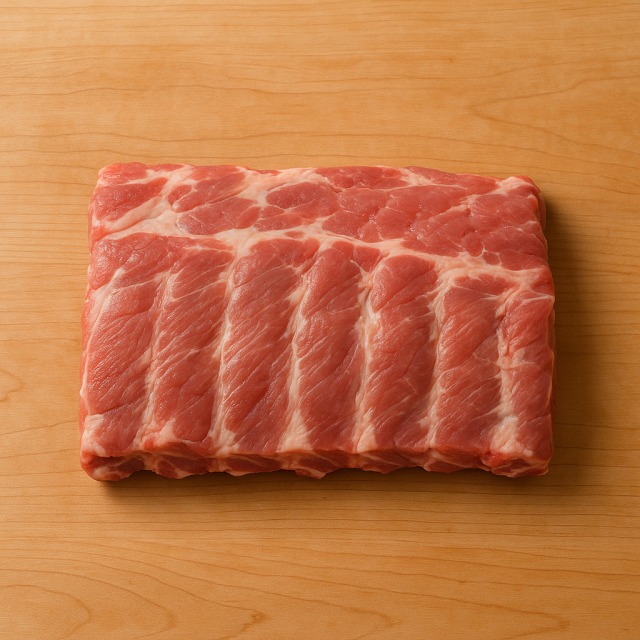
Pork spareribs - 100g
Calories 284 kcal
Proteins 17 g
Lipids 24 g
Carbohydrates 0 g
For anyone typing "pork spareribs calories" into a search engine, it is useful to know that this cut is considered a high-calorie meat because of its generous fat marbling. Those calories come with advantages: the fat layer provides easily absorbed vitamins such as vitamin A and vitamin D, and it enhances the bioavailability of minerals naturally present in the meat.
Pork spareribs supply valuable B-group vitamins (notably thiamine B1 and niacin B3) that support energy metabolism, plus heme iron and zinc, essential for oxygen transport and immune function. Selenium and phosphorus also appear in meaningful amounts, helping antioxidant defenses and bone strength. The connective tissue around the ribs contains collagen; slow cooking transforms it into gelatin, which may support joint health (a supposed benefit still under investigation).
Ribs have been popular since ancient Chinese and Roman times, but their worldwide fame grew with North American barbecue culture. Whether you grill them in Memphis, smoke them in Texas, or lacquer them in Korean bulgogi style, the same question returns: how many calories do pork spareribs add to the plate? Understanding that they are on the higher end of the calorie spectrum allows you to plan the rest of your meal accordingly.
Tips for incorporating pork spareribs into a balanced diet
Because "pork spareribs calories" are chiefly driven by fat, balance them with low-calorie, high-fiber sides. A classic option is a crunchy slaw based on red cabbage and carrot; the vegetables add volume without many calories, and the vitamin C in cabbage helps iron absorption.
For a complete plate, replace sugary baked beans with a portion of brown rice steamed in vegetable stock. The complex carbohydrates moderate the overall glycemic load, while the extra fiber keeps you satiated so you do not look for more high-calorie rib servings.
If you crave sweetness in your glaze, swap part of the usual sugar for a tablespoon of mineral-rich honey; the floral notes intensify flavor, allowing you to use less sauce and therefore fewer calories overall. Another light yet tasty idea is to shred leftover spareribs into a broth with zucchini ribbons and herbs, turning calorie-dense meat into a satisfying soup where the calorie count per ladle is lower.
Finally, avoid pairing ribs with deep-fried sides such as French fries. Opt instead for grilled eggplant slices brushed with a touch of olive oil; you will still enjoy smoky aromas while keeping additional calories under control.
Frequently Asked Questions
- How many calories in pork spareribs?
- 284 kcal per 100 g.
- Are pork spareribs higher in calories than chicken breast?
- Yes. Pork spareribs deliver significantly more calories because they contain more fat, whereas chicken breast is a lean cut.
- Does removing visible fat before cooking lower the calories?
- Trimming the exterior rind reduces calories slightly, but most fat—and therefore calories—remains marbled inside the meat, so the decrease is modest.
- Which cooking method keeps calorie intake lowest?
- Slow roasting on a rack or barbecuing over indirect heat lets excess fat drip away, shaving off some calories compared with braising in sugary sauces.
- Can I fit pork spareribs into a weight-loss plan?
- Yes, as an occasional treat: control portion size (100–150 g cooked weight), combine with high-volume vegetables, and account for the calories in your daily total.
Similar foods
Information provided by Calorie Menu may contain inaccuracies or errors. It cannot, under any circumstances, substitute medical advice or medication.

